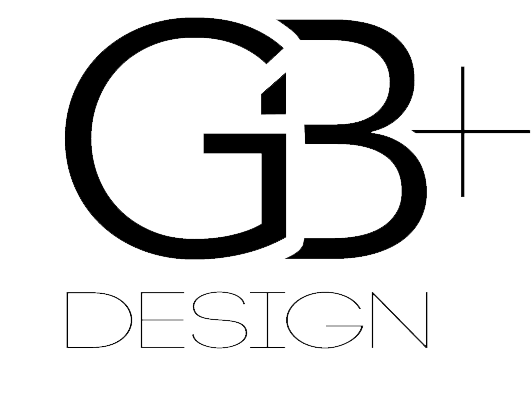Cabinets 101
When it comes to kitchen cabinetry, there are two primary styles to consider: framed cabinets and frameless cabinets. Framed cabinets feature a traditional construction method, while frameless cabinets offer a more modern and sleek aesthetic. Within the realm of framed cabinets, there are further subdivisions based on the overlay style: partial overlay, full overlay, and inset. Let’s compare these four categories of cabinetry to help you make a more informed decision for your kitchen remodel.
Framed Cabinets: Framed cabinets are built with a solid frame around the front edges of the cabinet box. Not only offering structural support, the frame also provides a mounting point for cabinet doors.
Partial Overlay, Framed Cabinets- The doors and drawers of partial overlay cabinets overlap the cabinet frame only partially, allowing a portion of the frame to be visible.
Most traditional cabinets that are older than ten years fall into this category.
Frame and doors can be different colors for design impact.
There are some door styles that allow fuctionality without installing knobs and pulls.
Collisions and rubbing between doors is less of a concern because the doors are further apart.
Tend to be a little less expensive because less material is used.
Often thought of as a dated look.
Full Overlay, Framed Cabinets- The doors and drawers of full overlay cabinets overlap the frame completely, hiding the bulk majority of the cabinet frame.
Offer a more modern, contemporary look.
Most widely available on the market today.
Widest variety of options in door styles.
Might be more susceptible to rubbing and collisions if not properly adjusted.
Require more attention to fillers in corners and against walls to ensure proper function.
Requires knobs and pulls for proper function.
Inset Framed Cabinets- The doors and drawers of inset cabinets fit into the frame, creating a furniture-like appearance.
Perfect for vintage inspired kitchens.
Door and drawer edges and corners are more protected from dings and damage.
Typically the most expensive because it requires the most precision in fabrication and install.
Can be more susceptible to changes in humidity and temperature, causing doors to stick or bind.
Frameless Cabinets- Also known as European-style cabinets, these cabinets are constructed without a face frame around the front of the cabinet.
More access to the contents of the cabinets.
Sleek and modern look with clean lines and a minimalist aesthetic.
Door hinges are attached to cabinet sides and have problems in lower quality cabinets.
May be more expensive due to specialized hardware and construction.

